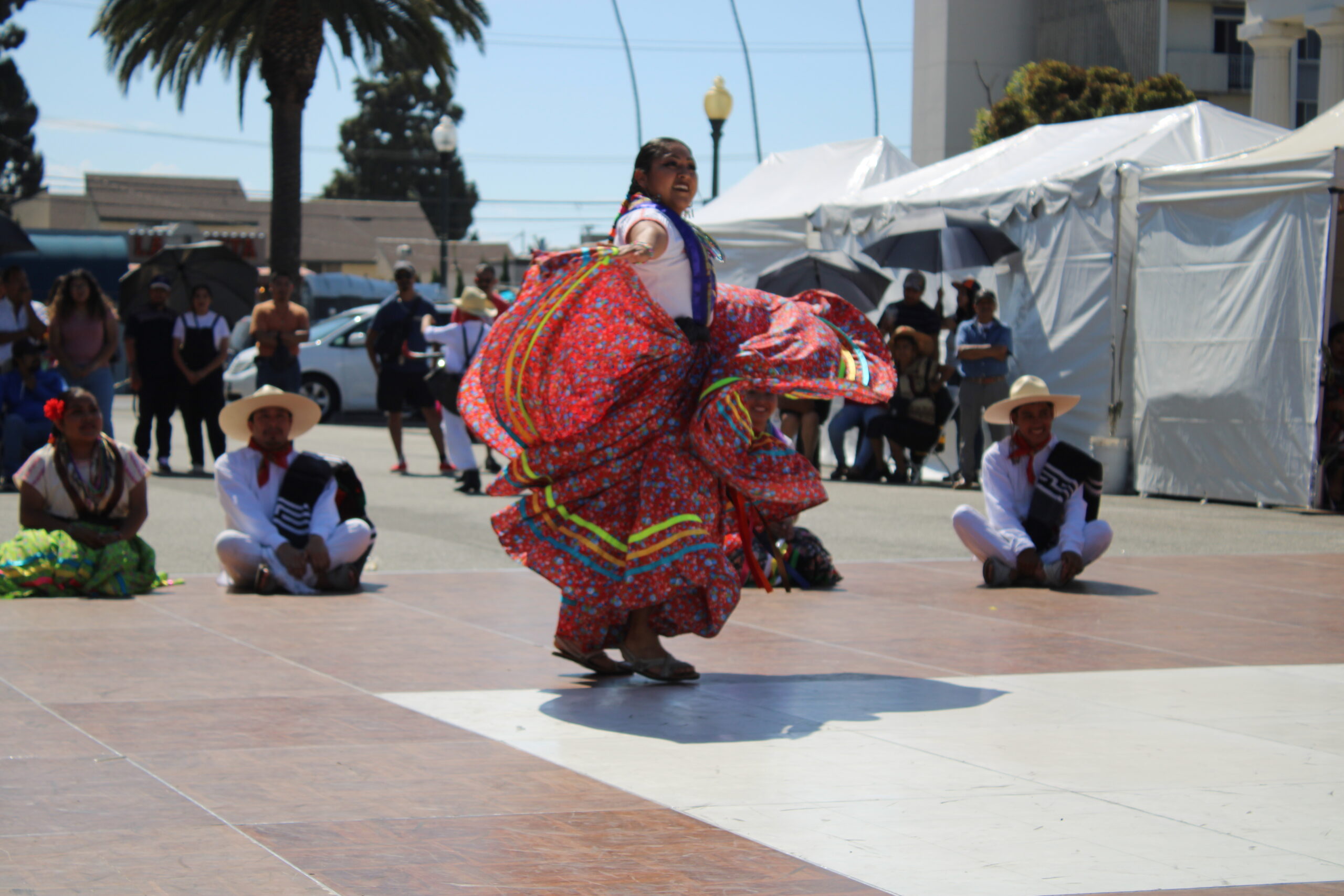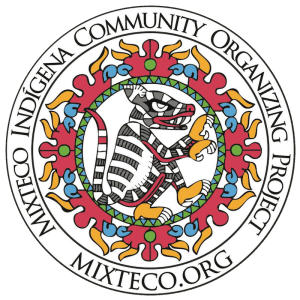Gentrification in Oaxaca

By: Miguel Hernandez
(Listen to the audio in Spanish and Mixteco, variant from Guadalupe Nundaca 6 min)
Members of the Zapotec community fear for the future of Oaxaca, due to the rise in gentrification that has been affecting the state for the last few decades. In an interview with a member of the Zapotec community, Eduardo Jiménez, born in Teotitlan del Valle, Oaxaca, mentioned how, over the course of his life, he has seen the drastic changes that Oaxaca has endured due to the drastic rise of its popularity.
At the beginning of an interview with Jiménez, he mentioned that he was fortunate to grow up in a town that is protected under the laws of “usages and customs,” a set of norms that allow Indigenous communities to self-govern their lands and their power is been recognized nationally and internationally.
According to the Chamber of Deputies, the legislature says that “in Mexico, in order to keep in mind that local legislation considers and takes into account the preservation of norms that seek to defend and protect the identity of peoples and communities, specifically Indigenous ones”
Jiménez talked about how, throughout his life, places in Oaxaca, such as Huatulco or Puerto Escondido, have been seriously affected by gentrification. Jiménez mentioned how “around the year 2000, there were many native people in those parts who lived near the beaches at that time, but today, if you go to those lands, there are several hotels and lands that are owned by foreign people who have a much greater economic power.” And the people originally from those regions were displaced.
It was also discussed how, in Oaxaca, people with more economic power have priority over certain resources. An example that Jiménez gave is how when foreigners come to Oaxaca and when they apply for certain government permits, and by giving a little extra money, they are given priority over people from the community. Furthermore, when foreigners come to visit Oaxaca, they stay in hotels that, due to their economic power, have priority over the scarce water.
Although many remain undecided about the argument, whether tourism or gentrification brings a stimulus to Oaxaca’s economy and if it is a good thing for Oaxaca. Jiménez used Mitla as an example, which is considered a magical town in the country of Mexico that allows the state to have control of its town and its lands, including control of tourism.
In the end, Jiménez mentioned that he believes that popularity in Oaxaca will continue to grow and that gentrification could continue to worsen. But Jiménez, the textile weaver from Oaxaca, mentions that the most important thing is that “the people of Oaxaca do not lose their voice or their power over their lands.”
